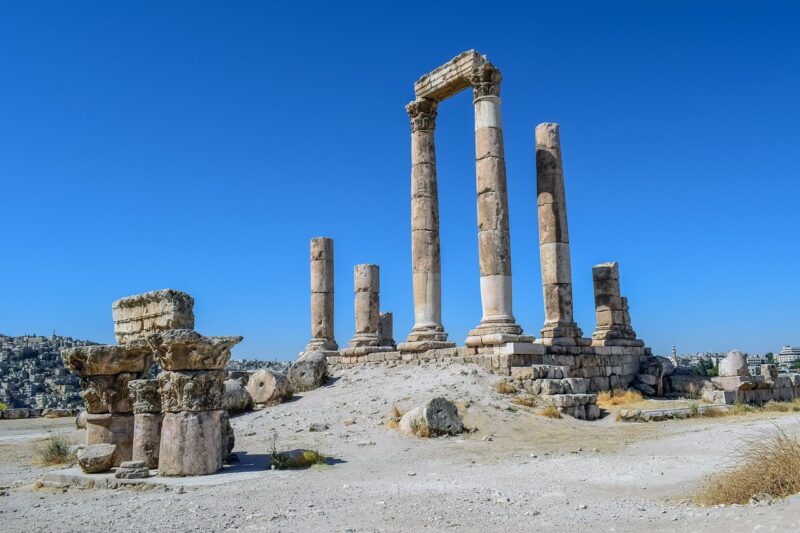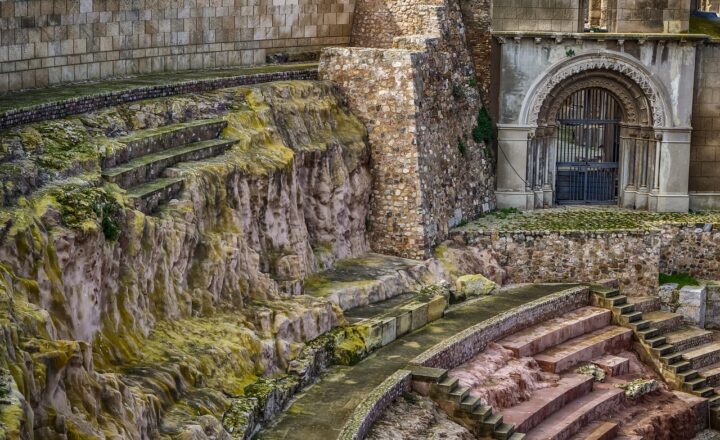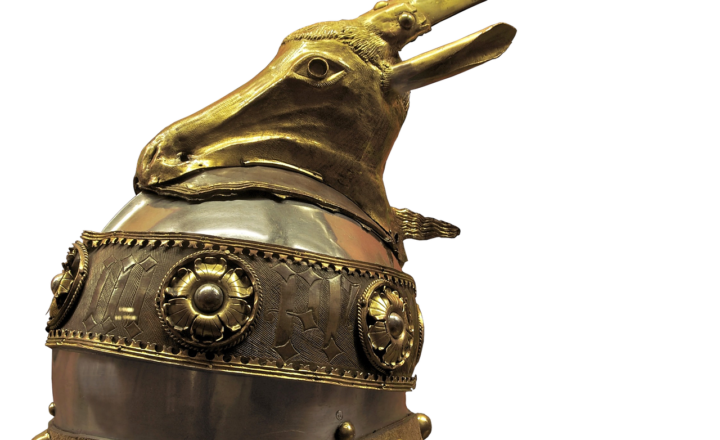
Ancient Rome, one of the most powerful civilizations in history, continues to captivate the imagination of historians and enthusiasts alike. While much is known about its political, military, and cultural achievements, several mysteries persist that challenge our understanding of this iconic civilization. In this article, we will explore some of the most intriguing unsolved mysteries of Ancient Rome and discuss what they tell us about history, culture, and human nature.
1. The Mysterious Fate of Rome’s Last Emperor
One of the final chapters in the story of Ancient Rome is the fate of its last emperor, Romulus Augustulus. Deposed in 476 AD by the Germanic king Odoacer, Romulus disappeared from historical records. What happened to him after his deposition remains a mystery. Some suggest he was executed, while others believe he lived a quiet life in relative obscurity.
The debate about Romulus Augustulus’s fate reflects broader questions about the end of the Western Roman Empire: Did it come to an abrupt end, or was it a gradual transformation into something new? This mystery reminds us that the history we know is often incomplete and leaves much to interpretation.
2. The Secrets of the Colosseum
The Colosseum stands as an iconic symbol of Ancient Rome, yet it harbors secrets that remain lost to time. What exactly happened in the arena during the infamous gladiatorial games? The records we have are often sparse, and much of our understanding is based on speculation.
• Animal Hunts and Other Events: While we know that gladiatorial combat was prevalent, the full extent of the events held at the Colosseum is still uncertain. What were the rituals involved? How were these spectacles organized, and what was the impact on Roman society? Filling in these gaps can illuminate the social values and entertainment culture of Ancient Rome.
3. The Location of the Tomb of Julius Caesar
Julius Caesar, a name synonymous with power and tragedy, met his demise in 44 BC. While many are familiar with the story of his assassination, the location of his final resting place remains shrouded in mystery. Some historical sources suggested it was located in a temple dedicated to his memory, yet the exact site has never been definitively identified.
This mystery is particularly intriguing because it challenges our understanding of memory and memorialization in Ancient Rome. Why was his tomb not preserved with the same reverence as those of other figures?
4. The Identity of the First Roman Emperor’s Successor
When Augustus assumed power after the fall of the Roman Republic, he established a dynasty; however, the identity of his immediate successor remains a subject of debate among historians. Augustus had several potential heirs, including his son-in-law, Agrippa, and his stepson, Tiberius.
• Chosen for Power: This decision reflects not only Augustus’s personal preferences but also the political climate of his time. The uncertainty surrounding the succession raises questions about how leadership was cultivated and transferred in Ancient Rome. Understanding the motivations behind these choices can offer insights into the nature of power and governance in Roman society.
5. The Enigma of the Library of Alexandria’s Influence
The Great Library of Alexandria was a center of knowledge and scholarship in the ancient world, yet its influence on Roman thought and culture is still debated. Scholars speculate about the extent of the library’s impact on Roman education, philosophy, and science.
• Lost Works: Many works were lost when the library was destroyed—some argue that this loss significantly halted the progress of knowledge in the Roman Empire. Was it the library’s closure that led to the decline of classical scholarship, or was the decline of Rome inevitable? This unresolved question urges us to explore how knowledge is preserved and lost through history.
6. The Disappearance of the Ninth Legion
The Ninth Legion, once nicknamed the Hispana, mysteriously vanished from historical records around the second century AD while stationed in Britain. Various theories abound about their fate—did they meet their demise in battle, or did they defect? The legion’s disappearance poses questions about military strategies, loyalty, and the tensions within the Roman Empire.
The mystery of the Ninth Legion captivates historians and creates a sense of intrigue regarding the extent of Roman power in distant territories. Their fate may reflect broader themes in imperial history, such as cultural assimilation, military cohesion, and the dynamics of power.
7. The Roman Concrete Mystery
One of the greatest achievements of Roman engineering is their remarkable concrete, which has stood the test of time, even better than modern counterparts. Despite our admiration for Roman concrete, we still struggle to replicate its durability and resistance to environmental degradation.
• The Formula: The exact ingredients that made Roman concrete unique have been lost to history. What secrets lie in the recipes of ancient Roman builders? This mystery raises vital questions about material culture, technology transfer, and the evolution of building materials over millennia.
Conclusion
The unsolved mysteries of Ancient Rome continue to pique our interest and challenge our perceptions of history. From the fate of its last emperor to the identity of its most celebrated leaders, these enigmas remind us that history is a tapestry woven with the threads of uncertainty. Each mystery, whether it masks the truth or inspires speculation, serves as a testament to human curiosity and the ongoing quest for knowledge. As we delve into these mysteries, we not only seek to uncover the past, but we also explore what it means to be human in the face of the unknown.
In our pursuit of understanding who we are, examining these historical riddles allows us to reflect on our own societies and the legacies we create for future generations. What will future historians ponder about our civilization? Thus, we can appreciate the importance of inquiry as we navigate the complex narratives of our collective history.







